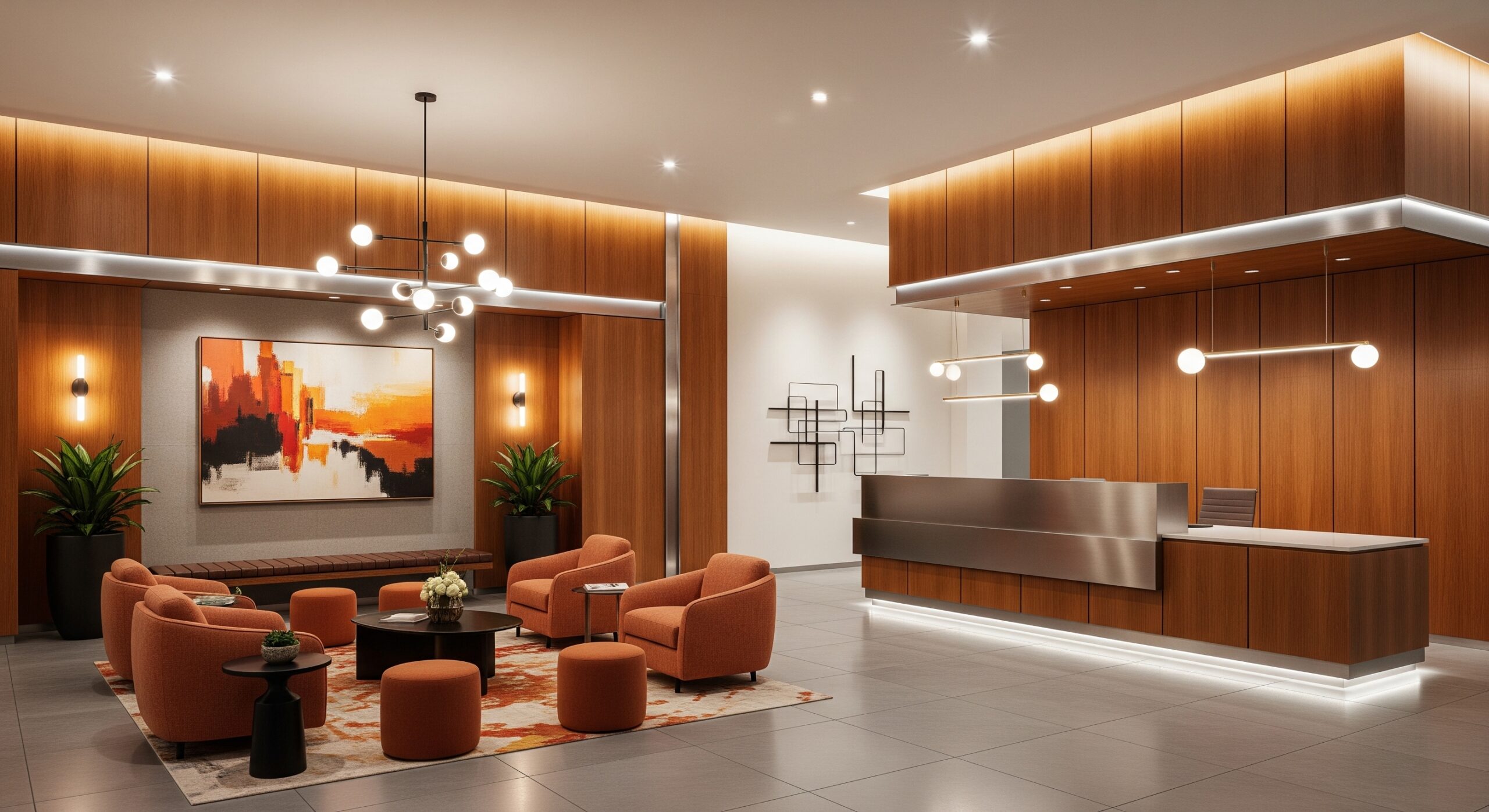As humans, we spend a significant portion of our lives indoors. Whether it’s at home, the office, or any other indoor space, the environment we inhabit can have a profound impact on our mental health. It’s more important than ever to prioritize our mental health, especially in today’s fast-paced world. Interior design is the art of creating functional and aesthetically pleasing indoor spaces, and it plays a crucial role in shaping our mental state. In this article, we will explore how simple changes in interior design can improve your mental health and well-being.
The Science of Interior Design and Mental Health
The design of an indoor space can affect our mood, emotions, and even our physical health. Several studies have shown that the physical environment can have a significant impact on our mental health. For instance, natural light has been proven to reduce stress and anxiety, while artificial lighting can lead to insomnia and depression. In addition, the use of colors, textures, and patterns can also affect our mental state.
Color Psychology
Color is one of the most vital elements in interior design and can significantly affect our mood and emotional state. Colors can evoke different emotions, and the color scheme used in an indoor space can have a significant impact on our mental health. For instance, blue is known to have a calming effect, while yellow is associated with happiness and positivity. Green is another color that has been shown to have a positive impact on our mental health, as it is associated with nature and tranquility.
Incorporating Natural Elements
Incorporating natural elements into an indoor space can have a significant impact on our mental health. Plants, for instance, have been shown to reduce stress and improve air quality. In addition, they can also improve our mood and increase our productivity. Studies have shown that incorporating plants into the workplace can increase employee satisfaction and reduce stress levels. Additionally, using natural materials such as wood and stone can create a sense of calm and tranquility.
The Importance of Organization
Clutter and disorganization can lead to stress and anxiety. Therefore, it’s essential to keep indoor spaces organized and clutter-free. Adequate storage solutions and proper organization can make a significant difference in our mental health. A clutter-free space can help us feel more relaxed and at ease, which can improve our overall well-being.
The Role of Lighting
Lighting is another crucial factor in interior design that can impact our mental health. Natural light is the best source of light, and it has been shown to reduce stress and anxiety. It can also improve our sleep quality and regulate our circadian rhythm. On the other hand, artificial lighting can lead to insomnia and depression. Therefore, it’s essential to prioritize natural light whenever possible and use artificial lighting sparingly.
Creating a Comfortable Space
Creating a comfortable indoor space is essential for our mental health. A comfortable space can help us feel more relaxed and at ease, which can improve our overall well-being. Factors such as temperature, noise level, and seating arrangements can significantly impact our comfort levels. Therefore, it’s essential to prioritize these factors when designing an indoor space.
Conclusion
Interior design plays a crucial role in shaping our mental state. By incorporating simple changes such as color psychology, natural elements, lighting, organization, and creating a comfortable space, we can create indoor spaces that promote mental well-being. As we spend a significant amount of time indoors, it’s essential to prioritize the design of our indoor spaces to improve our mental health and overall well-being.





